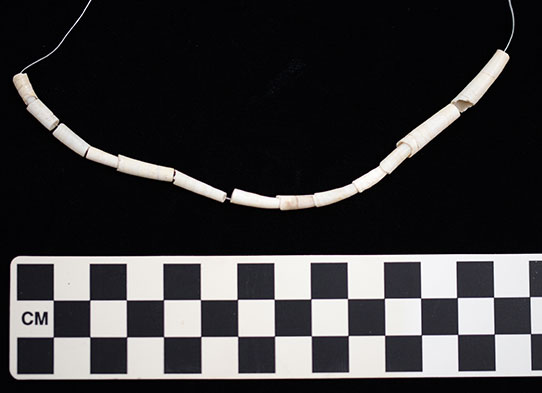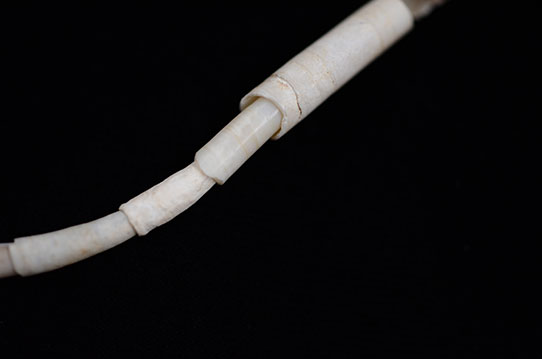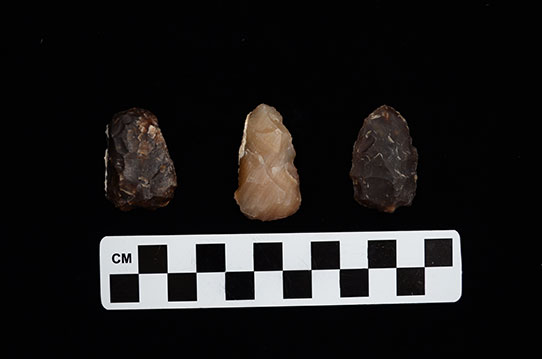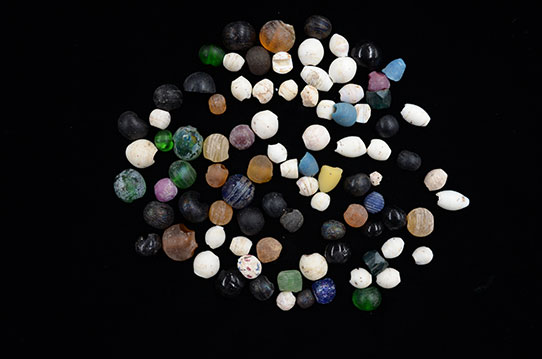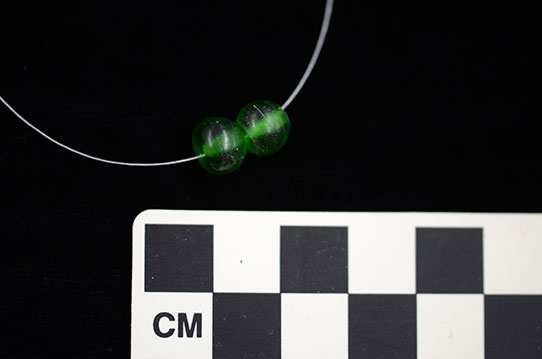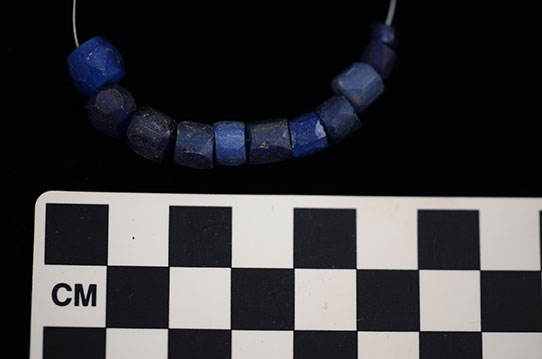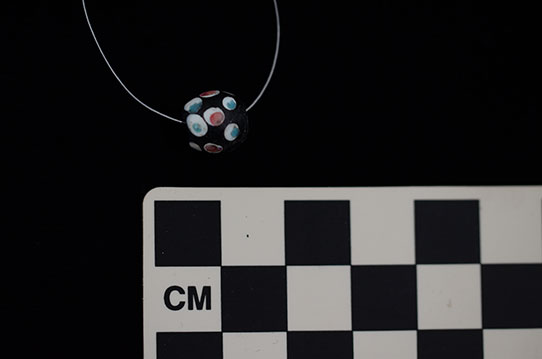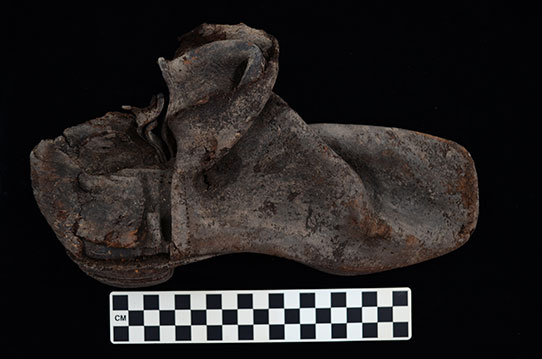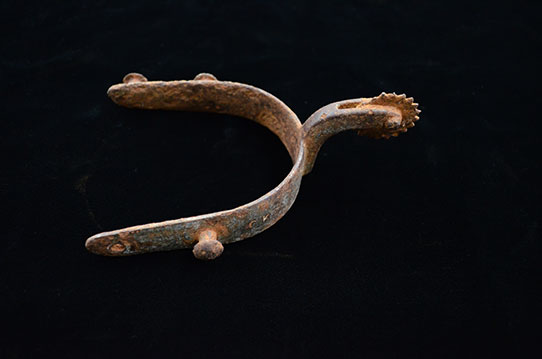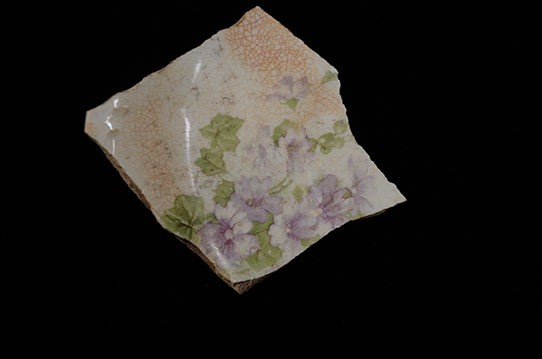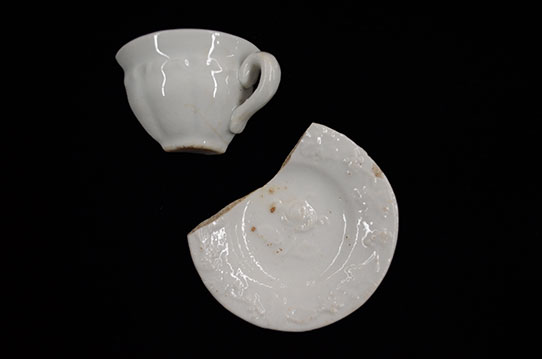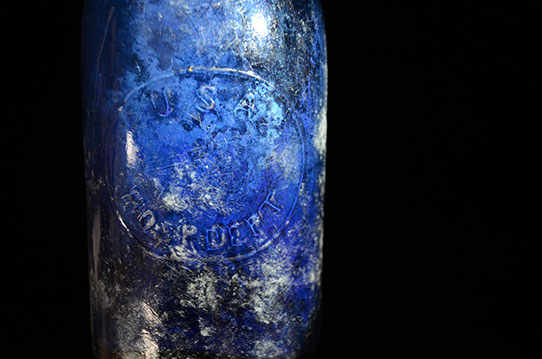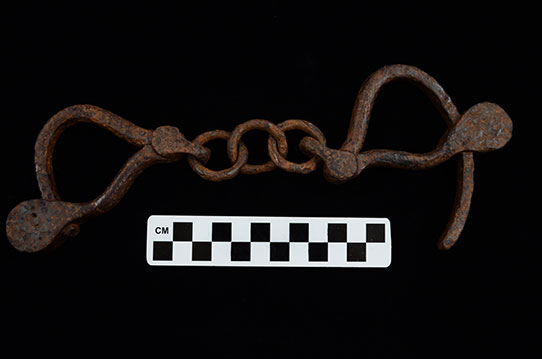Curators Gonna Curate
Not that long ago my younger brother was asked, “What’s your sister doing these days?” He replied, “She’s a museum curator.” The follow-up question was, “So, what does she do?” After a pause in which he choked on a fly that had flown into his mouth, he said, as if stating the obvious, “She . . . curates.” He relayed this conversation to me during a phone call and then had to ask, in all seriousness, “So what do you actually do as a curator?” My reply - “Herd cats,” (because this is my little brother, and little brothers don’t usually deserve serious answers).
Curator is a nifty umbrella term that comes from the Latin cura which means “to care.” This is why we have curators scattered all over museums, zoos, and art galleries. Wherever there is a large collection of items, there needs to be someone to take care of those things. This is a massive simplification of hundreds of jobs that require years of education and experience, but when you burrow down through the ponderous verbiage of bureaucratic job descriptions what you end up with is a lot of people who passionately care about obscure things and, for the most part, can’t wait to tell you about them.
Which is how we come to my job – Curator of Exhibits – because one of the more specific definitions of a curator is “one who selects and presents.” I am blessed, challenged, and frequently humbled by the task of selecting from tens of thousands of items from the collections of the State Historical Society and presenting them to the public through exhibits.
The first part of the selection process is to determine what type of story we want to tell. Is it specific, such as Guns of North Dakota?

Or is it broad and sweeping, like North Dakota: Yesterday and Today?
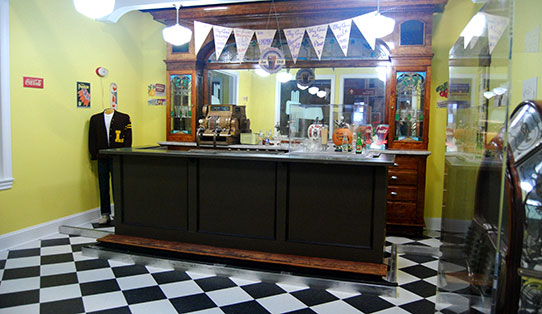
The latter is the title of newest permanent exhibit that will open at the Heritage Center on November 2, 2014.
For the last two and a half years I’ve been part of a team that has worked to distill the story of North Dakota, and then tell that story through words, photos, and objects. This is the next step – what pieces do we put on exhibit? There is only so much room in exhibit galleries, and culling the list of possible objects is a long process of compromise. A colleague described it as “trying to decide which of your kids you love most.” And we want to show our “children” in their best light, so we also work to make sure the objects are safely displayed in an aesthetically pleasing manner that complements the larger story – that’s the “present” part.
We hope you’ll come join us November 2nd to see our newest exhibits, and we hope that you care about them as much as we do!


